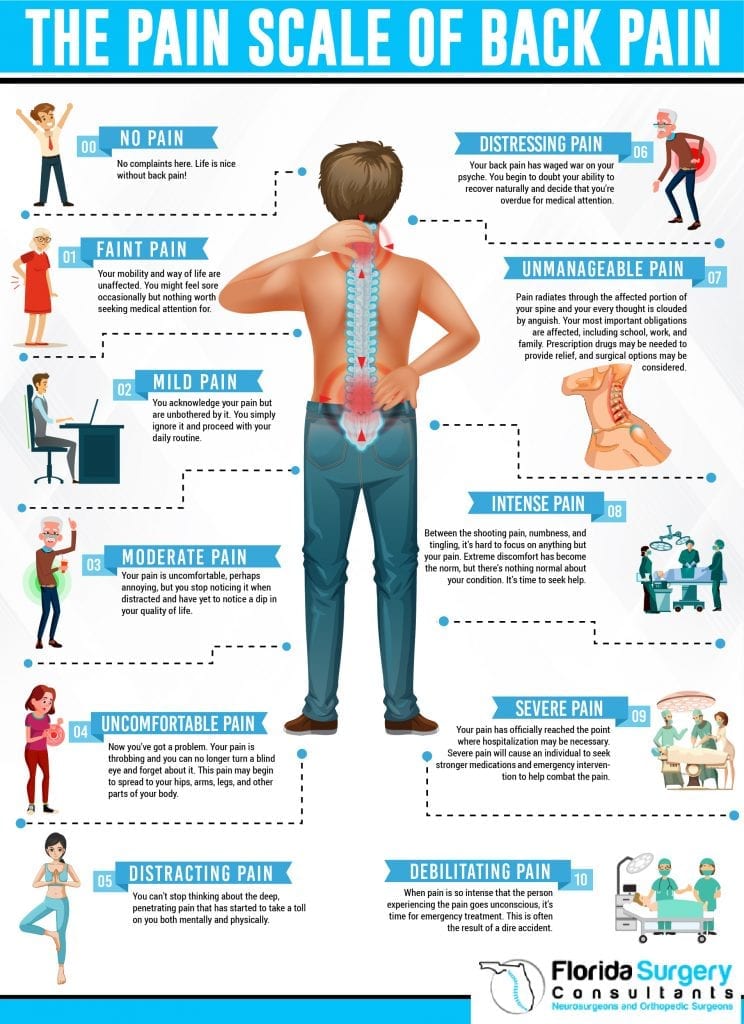Physiotherapy plays a crucial role in the advancement and well-being of children, presenting a means to support developing bodies as they expand and investigate the world around them. From treating targeted injuries to boosting mobility and averting future concerns, pediatric physical therapy is designed to satisfy the unique needs of children. This dedicated approach not only assists in rehabilitation but also bolsters the overall bodily and psychological development of kids, allowing them to thrive in their daily routines.
Grasping what physical therapy entails can enable parents to take proactive steps in making sure their kids receive the support they need. Regardless of whether it entails handling pain, rehabilitating from an accident, or enhancing flexibility and power, physical therapy provides a variety of advantages. As we examine the vital aspects of physical therapy for kids, we will investigate how it helps manage discomfort, promotes recovery, and supports a better and more energetic lifestyle for children.
Understanding Physical Therapy
Physiotherapy is a medical discipline focused on identifying, caring for, and avoiding physical impairments and disabilities. It employs a range of methods, including exercise, hands-on treatment, education, and treatments like heat or electrotherapy. By collaborating with experienced practitioners, individuals can manage discomfort, improve functionality, and increase their physical capabilities, contributing to a higher quality of life.

In children's cases, physiotherapy plays a vital role in helping children develop their physical abilities and overcome challenges related to growth, trauma, or developmental delays. Methods are tailored to meet the specific needs of young patients, promoting strength, coordination, and flexibility. This nurturing environment encourages young patients to participate actively in their recovery while building grit and self-confidence.
Moreover, physiotherapy is not just about managing current conditions but also about prevention. By instructing individuals on correct movement patterns, ways to avoid injuries, and wellness tips, physical therapists enable patients to maintain their physical health throughout their lives. This forward-thinking approach makes certain that individuals of all demographics can attain and sustain optimal physical function.
Gains and Applications
Physical therapy offers numerous gains that extend beyond just recovering from injuries. It plays a critical role in managing pain, helping individuals deal with multiple conditions that cause discomfort. For example, therapeutic activities and physical techniques can relieve chronic pain, boost mobility, and better overall function. These therapies enable patients to take control of their health, which is particularly important for children as they develop.
In further to pain relief, physical therapy is necessary in restoration after surgery or injury. It can speed up the healing process by restoring strength, flexibility, and functionality. Through personalized exercise programs, individuals can recover their independence and get back to their daily tasks more quickly. Pediatric physical therapy, in particular, supports young bodies, ensuring they develop correct movement patterns and reduce the risk of subsequent injuries.
Furthermore, physical therapy can efficiently address particular requirements such as injuries from sports, chronic conditions like arthritis, and mobility issues as one get older. Whether it’s improving athletic performance, stopping falls in seniors, or supporting post-surgery recovery, the benefits of physical therapy are multifaceted. It is a important resource for individuals at different life stages, ensuring they lead active and pain free lives.
Special Considerations in Therapy
When providing physical therapy for children, therapists must take into account the unique developmental stages of youths. Children's bodies are still growing and changing, which means that treatment strategies need to be adapted to support their development while fulfilling their specific needs. This includes using suitable exercises and techniques that capture children and make therapy feel less like a task. Moreover, acknowledging the psychological aspect of therapy for children is important; therapists often incorporate play to help encourage and support young patients.
A further important consideration is the involvement of parents in the therapy process. Communication with parents helps ensure that they understand the goals of therapy and can help with exercises at their residence. Engaging caregivers encourages a helpful environment for the child, which is crucial for healing and complete success in therapy. back pain for parents to feel enabled and informed about the rehabilitation journey, as they play a critical role in maintaining the strategies learned during appointments.
In conclusion, it is crucial to take into account any comorbidities that may influence a child's therapy. Issues like developmental delays require a tailored approach to physical therapy. Individualized treatment plans that consider these issues can lead to more positive outcomes. By identifying the unique needs and circumstances of each child, therapists can provide efficient care that not only supports physical recovery but also boosts overall health and quality of life.
